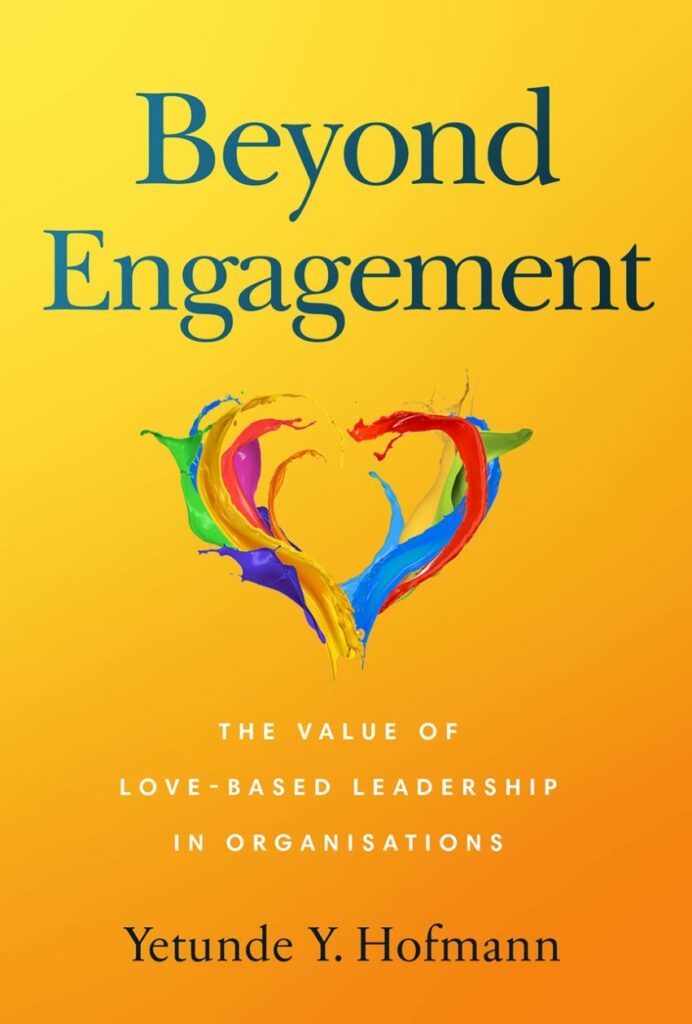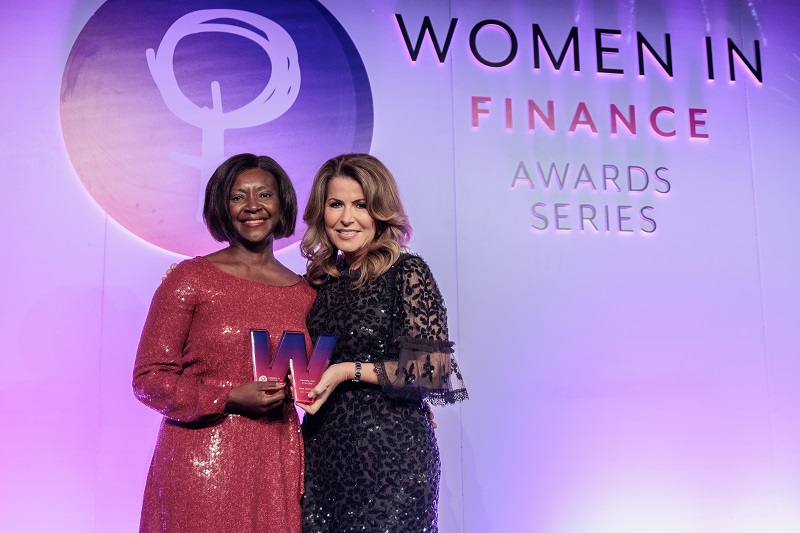While UK companies are making progress in delivering a truly diverse and inclusive workplace, the pace of change remains slow. The reason, according to leadership and culture change management expert Yetunde Hofmann, is that leaders are not taking diversity genuinely to heart. The solution to this challenge requires a bold new direction: Love-based leadership.
Diversity without love is non-existent. There are different definitions of ‘love’; the four most common are:
- ‘Eros’, which is romantic love;
- ‘Storge’, which is brotherly or sisterly love;
- ‘Phileo’, which is a deep friendship and companion love, and
- ‘Agape’ which is unconditional love.
The love I believe must be present for diversity to exist is most related to Agape love. It is an unconditional acceptance of who you are and who another is as human beings. It is the ability to see beyond a person’s behaviour to what lies behind it and all that they have to offer.
It is a love that genuinely puts the interest of the people for whom you are responsible at the heart of your decisions for the short, medium and long-term. It is the most critical leadership capability that an organisation can develop in its leaders and that leaders can demonstrate to their people.
The impact of diversity and inclusion
Business leaders eschew the benefits of having a diverse workforce and diverse talent at all levels across many industries. This, however, is often countered by supporting statistics from leading consultancies and academic researchers about the benefits to bottom-line profitability, innovation pipeline growth, new product development and organisation longevity. The Peterson Institute for International Economics reported in 2016 that women in corporate leadership significantly increase profitability. The UK, alongside governments from across the world, have also demonstrated a recognition of the value of diversity and inclusion, evidenced by the Global Goals for Sustainable Development. These goals were introduced as part of the UN resolution and set by the UN’s General Assembly in 2015 with a commitment to eradicate poverty, reduce inequality and halt climate change by 2030.
In organisations where diversity and inclusion is pursued, they can provide the individual with the opportunity to work in environments in which creativity can flow, ‘difference’ is celebrated, and self-expression is welcome.
What’s in a name?
However, the notion of diversity and inclusion is one that has been around since the nineties. The global goals for sustainable development are themselves a renewal and an update of the Millennium Development Goals originally introduced in 2000 to accelerate the pace of change.
Besides, diversity and inclusion is, itself, preceded by ‘Equal Opportunities’ and the establishment of a flurry of government agencies in the nineties such as the Equal Opportunities Commission. And, non-profit organisations such as the Disability Forum and Opportunity 2000—an agency whose role and purpose was gender equality and the advancement of women in organisations. In response to this, organisations up and down the UK put all of their workforces through training workshops in Equal Opportunities which, in today’s language, is ‘Unconscious Bias’.
But while there is more talk, more transparency, increased reporting and monitoring as well as proactive action by organisations to effect change and enable diversity, this change is not fast enough nor deep enough.
The complexities of diversity and inclusion
Despite all the pronounced benefits of diversity, the rate and pace of change and progress remain slow. What is also noteworthy is that within the division of industry that holds the key to the future of work—the technology industry—diversity remains a challenge. According to the report Diversity and Inclusion in UK Tech Companies by Tech Nation, only 23% of technology company directors in the UK are women and the statistic lower still when looking at the wider workforce. And this is looking only at gender diversity.
Indeed, this whole article could be dedicated to the provision of evidence of inequality across all demographics in organisations across different industries, and the more we delve into this, the more complicated it can become. Lately, the language of intersectionality has emerged in our attempts to cope with the complex and uniquely individual nature of who we are as humans.
This, of course, is not the point of the article. The gentle challenge here is that the intention and the genuine motive for promoting and enabling diversity within organisations have not been thoroughly examined.
Self-expression without rebuke
Firstly, one can never really legislate for diversity because people are intrinsically unique with their own unique DNA; own unique experience of the world, and individual desire for self-expression without rebuke. Secondly, within each demographic considered in the case for diversity, there will be one cohort that is left behind. For example, in the drive for gender equality and advancement, the plight of the disabled woman or the autistic woman may be left behind.
Within every organisation, there is a demographic, and a ‘human’ within that group whose needs require attention, and whose potential demands a genuine unlocking, for sustained high performance, creativity, advancement and engagement to be secured. Individuals need to genuinely and innately be valued as ‘human’, to create and establish an environment in which all can thrive.
Psychological safety
Psychological safety plays a vital role in the quality and level of performance of individuals, teams and, therefore, organisations. Psychological safety also transcends diversity. When we feel safe, valued and secure in our work, we are more likely to perform at our best. When we feel safe, trust and trusted by our team members, we are more likely to contribute at our very best. And whose gift it is the most to enable that safety is the leader.
When a leader engenders trust, compassion, kindness, authenticity, responsibility and accountability—all underpinned by love— that leader is more able to create an environment in which the people for whom they are responsible to constantly and consistently perform at their very best. Willingly.
A leader operating from a place of love will invest that most-needed commodity of time in understanding the genuine needs, talents, potential, motivations and wishes of their people. They would strive to address who they are as individuals, too, so that they can approach their work and their people without prejudice.
No matter who you are, if you are unable to be authentic, and your people are unable to express their themselves, it is difficult to enable high performance in the workplace.
Genuine and long-lasting progress may never be made in diversity and inclusion. Why? Because one of the simplest and yet most difficult topics to explore is the value and contribution that Love-based leadership can make to enabling an environment in which a truly and genuinely diverse workforce, whatever and whoever the demographic, can be attracted, retained, developed and encouraged to thrive.









